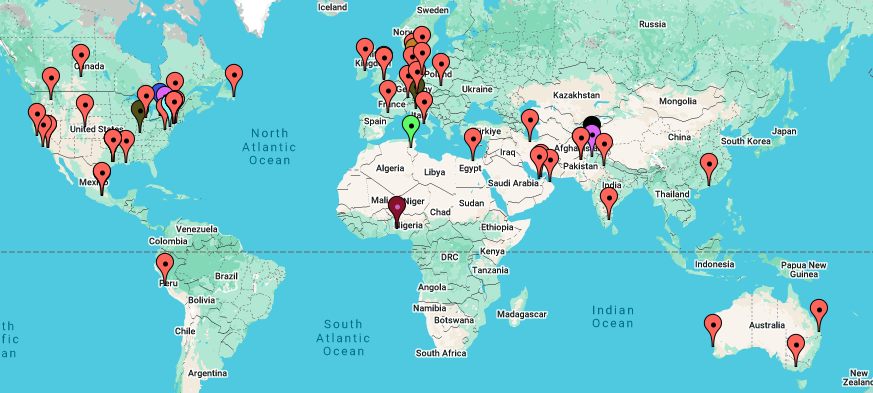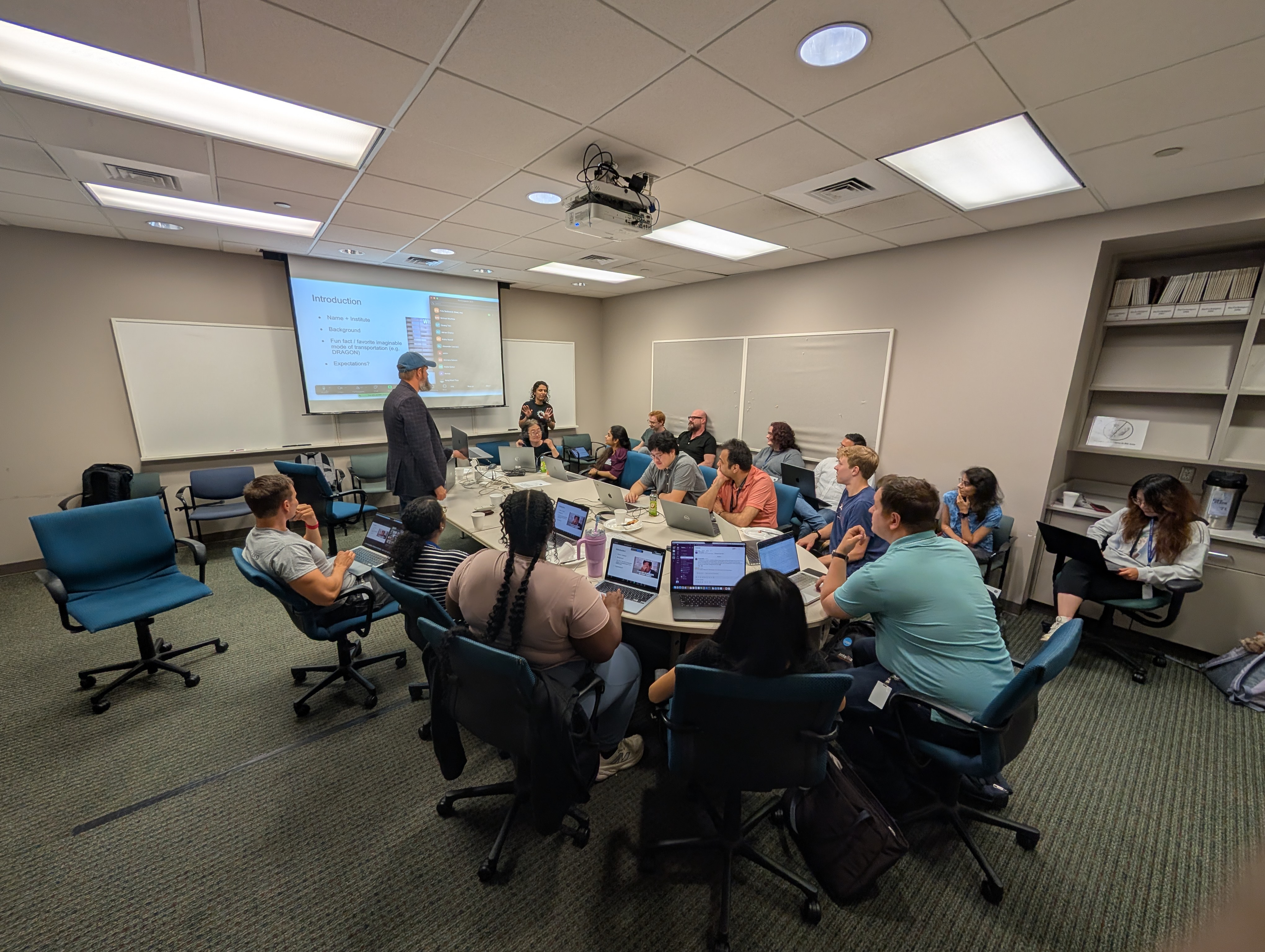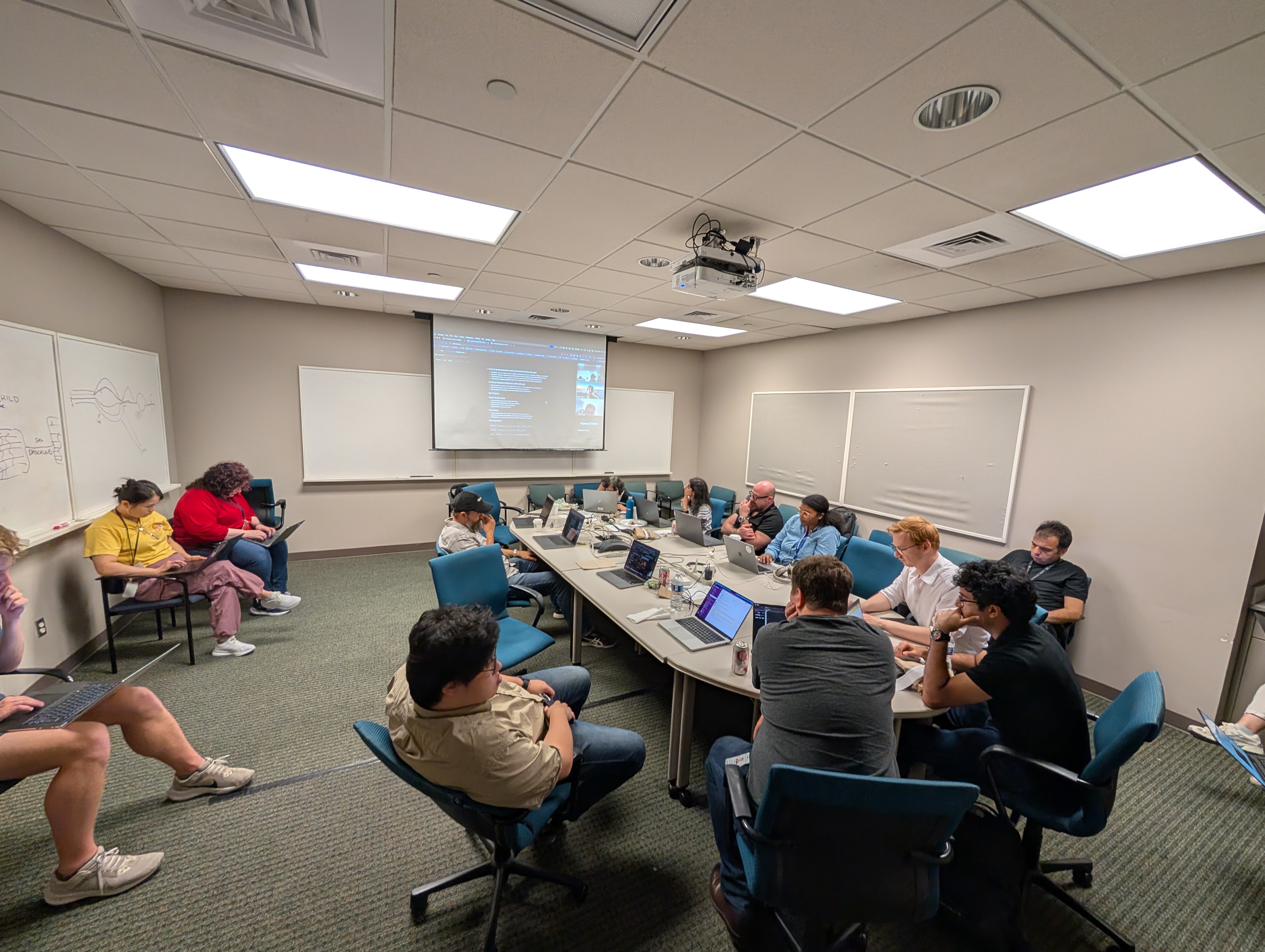The 2025 Structural Variation Hackathon, Science, Code, and a Lot of Coffee
From August 27–29, the 7th Structural Variation Hackathon brought together a truly global crowd of computational biologists, geneticists, and software developers. People joined from every continent (yes, even that one 🐧), with 162 registered, 130 admitted, and around 100 brave souls actively hacking their way through three days of data, code, and collaboration.

🎉 This year, we had some heavy hitters in the mix:
- SMAHT (Somatic Mosaicism across Human Tissues) dropped in with benchmark datasets, perfect for stress-testing our mosaic SV tools.
- GREGoR (Genomics Research to Elucidate the Genetics of Rare disease) brought their expertise in variant interpretation and kept us honest on the translational side.
- From industry, DNAnexus gave us cloud superpowers to crunch data at scale, while NVIDIA scientists rolled up their sleeves and joined the fun with some AI-flavored approaches.
🎉 Ten teams, three days, countless Git commits. The projects covered everything from:
- Benchmarking mosaic SVs
- Graph-based SV detection in metagenomes
- CNV classification with foundation models
- Proteomics integration
- Haploblock recombination analysis
- Long-read methylation evaluation
- Transposable element annotation
- Long-read metagenome
Every team walked away with prototype tools, benchmarks, or workflows — some polished, some duct-taped, all moving the field forward.
The hackathon showed once again that open science works best when everyone’s invited. Academic labs, NIH consortia, and industry partners all pulled together, proving you can build real progress (and maybe even lifelong collaborations) in just a few caffeine-fueled days.
Stay tuned for the community-authored manuscript — equal parts record of achievement and how-to guide for anyone diving into the wild world of structural variation.
We’re already looking forward to seeing everyone again — and welcoming new faces — at next year’s hackathon.
Hackathon moments



Enjoy Reading This Article?
Here are some more articles you might like to read next: